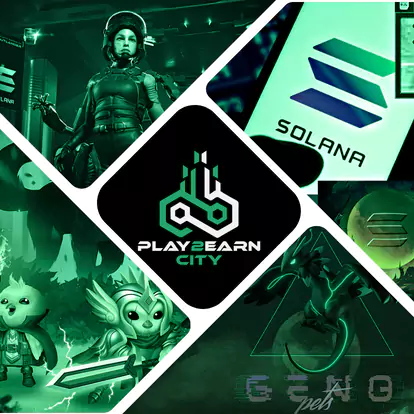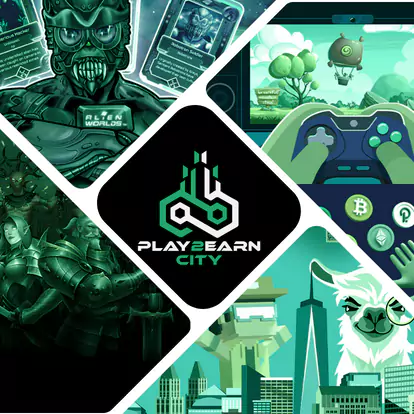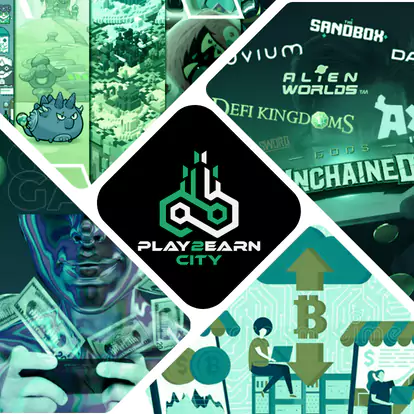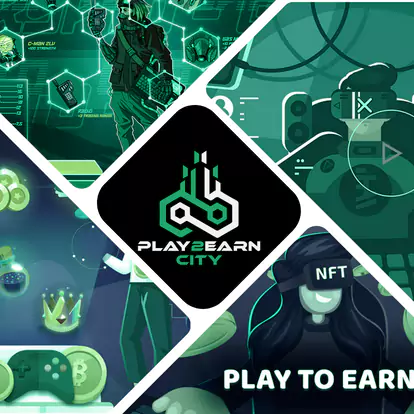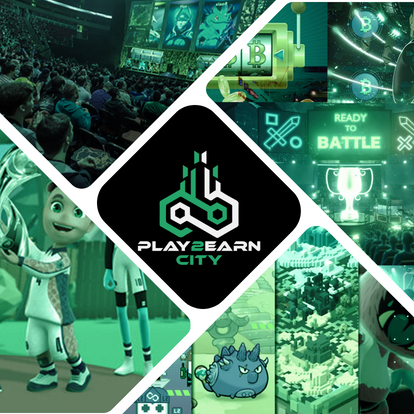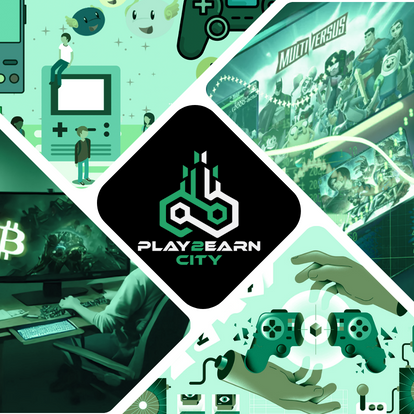
It has now become clear that artificial intelligence is fast becoming an industry that the foundations of the future might lay. The recent spike in AI trend was tagged “a soon-to-burst bubble” and now we can see that AI is absolutely here to stay.
By 2027, the AI market is anticipated to skyrocket to a mind-blowing $407 billion, exhibiting remarkable growth from its 2022 revenue of approximately $86.9 billion.
Also, the United States GDP is projected to witness a notable surge with an estimated 21% net increase by 2030, thanks to the pervasive influence of AI, underscoring its substantial contribution to economic expansion.
The statistics about AI growth in the use of chatbots in various industries, sectors of the economy, and workforce provide a comprehensive overview of this technology’s rapid evolution and adoption in a bid to shape the future.
Experience the thrill of groundbreaking AI advancements that unlock the full potential of procedural generation. Step into a new era of gaming, where limitless exploration and immersive virtual worlds await your discovery.
Connecting the Dots in the Past and the Future
Procedural generation has a long history, dating back to early pioneers like the game 'Rogue' in the 1980s. But thanks to recent advancements in AI, this concept has reached new heights. AI's remarkable ability to learn, adapt, and create content with unmatched sophistication is revolutionizing procedural generation in gaming.
AI-driven procedural generation is super cool because it gives us tons of different things to explore in games. Each playthrough unveils a fresh and boundless world, teeming with infinite possibilities and thrilling experiences. This infinite variety stands in stark contrast to the static, hand-designed worlds that often result in repetitive and uninspiring gameplay experiences.
Crafting intricate game worlds by hand is a time-consuming and costly process, particularly when done with meticulous attention to detail. AI procedural generation has the potential to automate the creation of expansive and intricately detailed environments and quests, freeing up game developers to concentrate on refining gameplay mechanics and crafting engaging narratives.
Web3: A New Era of Immersion and Ownership
Web3 technology, encompassing blockchain and smart contracts, introduces a captivating chapter to the gaming landscape. With its integration of AI, procedural generation, and Web3, gaming experiences transcend traditional boundaries, allowing players to go beyond mere participation and become creators and owners themselves.
Imagine a player venturing into an extraordinary quest, guided by AI-generated content. They navigate through uncharted territories, battling formidable foes, and ultimately discover a legendary artifact. This unique artifact, brought to life by AI's creative prowess, has the power to transcend into a special digital treasure known as a Non-Fungible Token (NFT).
By owning this NFT, players possess a tangible representation of their achievement, proudly displaying it as a symbol of their triumph or trading it on decentralized platforms. Other players can acquire the NFT to embark on the same unique quest or to possess the rare artifact. This revolutionary approach not only deepens player engagement but also establishes a player-driven economy where valuable contributions leave a lasting impact.
In this immersive world, Web3 empowers players to shape their gaming experiences, offering an unprecedented level of ownership and participation. This exciting development opens the door to a future where players not only indulge in their favorite games but actively shape their evolution. It empowers them to become vital contributors, fostering vibrant and player-centric gaming ecosystems.
Finding Harmony: Safeguarding Data Privacy in an AI-Driven World
As we eagerly embrace the incredible possibilities unlocked by AI, it becomes increasingly important to address the potential risks that come along, especially in terms of data privacy.
AI thrives on vast amounts of data, while the emergence of Web3 gaming emphasizes transparency and decentralization. Striking a balance between data collection for AI training and respecting user privacy becomes a significant challenge in this evolving landscape, requiring thoughtful solutions.
To create engaging and personalized gaming experiences, AI relies on datasets that capture player interactions, behaviors, and preferences. However, it's essential to handle this data collection with care to avoid encroaching on user privacy.
Simultaneously, the rise of Web3 challenges the traditional centralization of information, granting users greater control over their data. Yet, this new paradigm poses unique challenges. User's actions and transactions are recorded on the blockchain, often visible to the public, exposing them in unprecedented ways.
So, how can we navigate the delicate balance of leveraging necessary data for AI learning while upholding user privacy? The answer lies in adopting a principled approach to data handling. This includes implementing clear data policies, robust encryption methods, and privacy-preserving technologies. It's crucial to prioritize user education and empowerment when it comes to their data rights.
Navigating the Roadblocks: Unleashing Purpose in Ever-Expanding Worlds
Amidst the vast possibilities, there are still hurdles to scale. A notable concern is the potential lack of meaningful engagement in procedurally generated content. To overcome this, AI must transcend its role as a mere creator and delve into the realm of understanding what truly resonates with players. By incorporating player feedback into AI training, we can infuse purpose into the fabric of game worlds, making them more captivating and immersive.
In this quest, human input remains essential. Not only do players play a vital role in shaping the experience, but game developers also bear the responsibility of acting as creative directors. They possess the vision and expertise to ensure that these infinite worlds not only inspire awe but also provide engaging and purposeful experiences that captivate players at their core.
Conclusion
However brilliant the technology and seemingly glamorous artificial intelligence is, it must be practical. It has to put the gamer first.
As we gaze into the future, a wave of incredible games is on the horizon, set to captivate us with immersive worlds crafted through the fusion of AI and procedural generation. And with the advent of Web3, these experiences will not only be diverse and engaging but also democratized and driven by players themselves.
In the gaming industry, we carry a weighty responsibility. It is not just about chasing technological advancements for the sake of novelty or financial gains. Our true mission lies in conscientiously integrating these advanced tools to craft gaming experiences that hold meaning and captivate players on multiple levels. Whether it's providing entertainment, fostering education, enabling earnings, or simply offering an escape, our goal is to create experiences that resonate deeply with players and leave a lasting impact.




